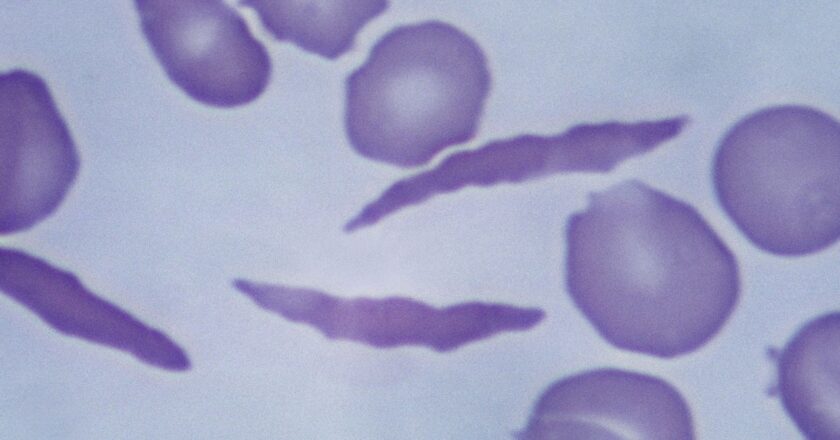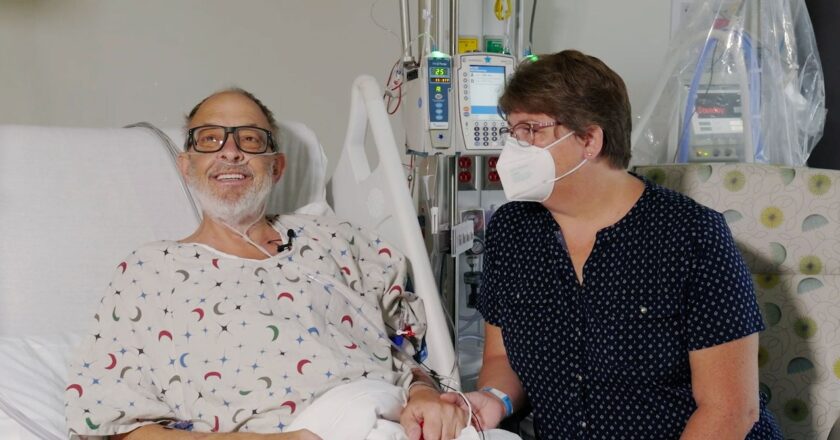Lawrence Faucette, the 58-year-old patient with terminal heart disease who was the second person to receive a genetically engineered pig heart, died on October 30, according to a statement from the University of Maryland Medical Center in Baltimore, where the transplant was performed.Faucette received the transplant on September 20 and lived for six weeks—less time than the first recipient, despite extra precautions by the Maryland team. Initially, Faucette made progress following his surgery. He was doing physical therapy, spending time with family members, and playing cards with his wife, according to the university. But in the days leading up to his death, his heart began to show signs of organ rejection; in other words, his immune system recognized the pig heart as foreign and attacke...




